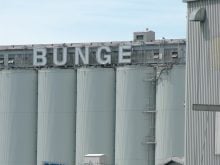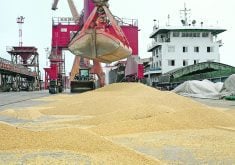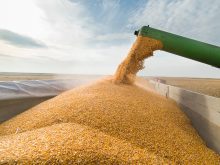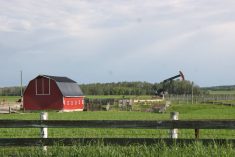Fed market softens
A three-week trend to lower prices for fed cattle continues for both genders of fat animals.
Prices started out the week steady to even compared to the Friday close but by mid-week prices began to fall as packer bidding trailed off in the face of a holiday weekend that reduced kills by one day.
The previous week saw the highest Canadian kill week since 1978, at 77,179 in federal plants. Combined with provincial slaughter, 81,000 animals were processed, which may have produced minor surpluses that translated into softer fed prices this week.
Read Also
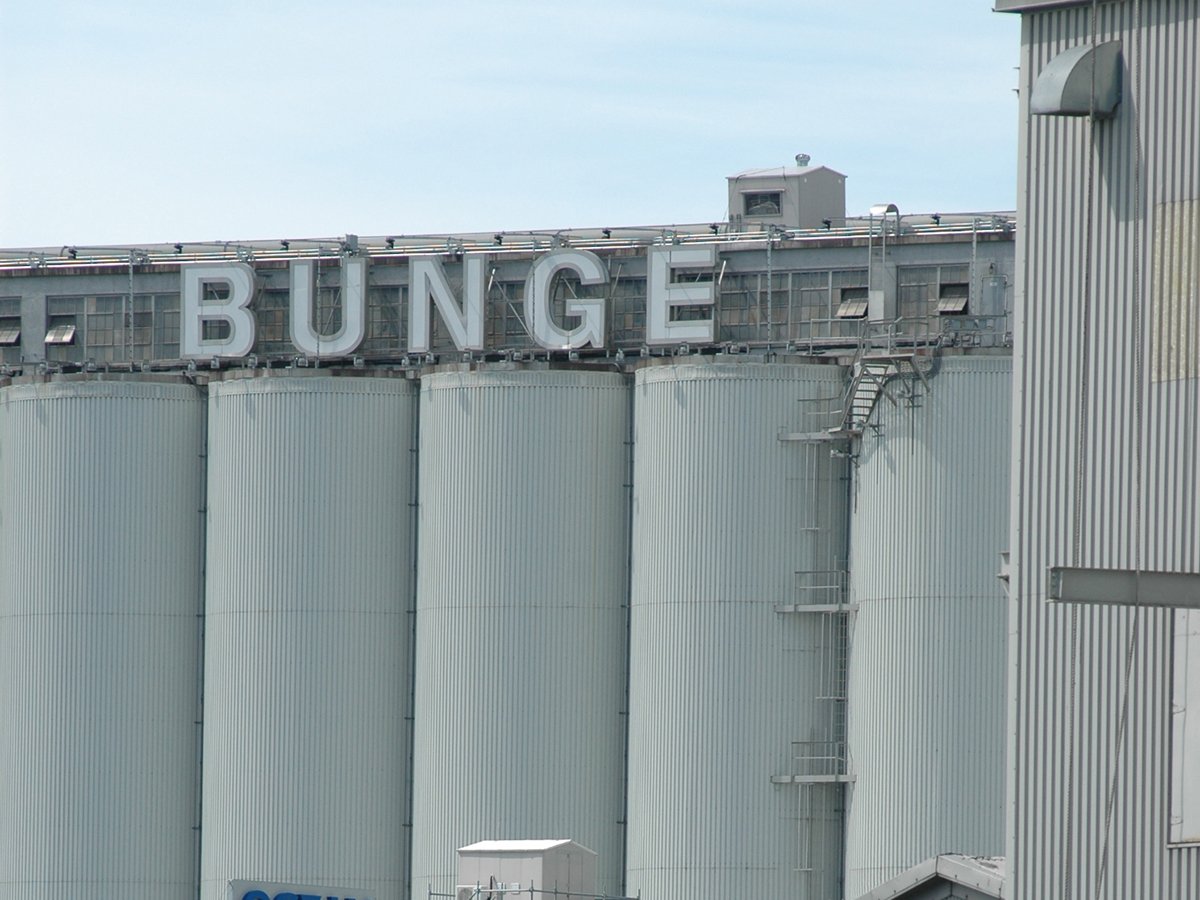
Bunge’s crop mix is changing
Bunge has predominantly been a soybean processing firm, but that’s about to change after the merger with Viterra with softseed processing and grain merchandising gaining ground.
A strong supply of forward-priced fed cattle and those being placed via the grid system means that coming weeks will not likely bring much improvement to prices, Canfax said.
The effect of the coming federal fed cattle set-aside program and a short Thanksgiving holiday week will likely further soften the delivery market, analysts said.
Alberta steers brought $73.15-$76.75, flat rail $122.65-$127 and heifers $72.50-$76, flat rail $125-$130.
D1, D2 cows ranged $16-$24 with a top of $30, D3 were $10-$24 and rail grades were $35-$40.
Feeder flow slows
Feeder cattle prices fell 50 cents-$2 on average this week as quality on some classes slipped and demand dropped for short keep feeders.
This was met on the supply side by fewer animals on offer as warm weather allowed producers the opportunity to return to their combines and set aside calf deliveries.
CanFax reported a 22 percent drop in volumes over the previous week, with a 10 percent drop over last year.
CanFax’s outlook predicts an even smaller run next week, partly because of the holiday Monday and partly because of continued warm harvest weather.
Order buyers appear to be showing little interest in poorer qualities of calves, producing wide price ranges on the same weights of cattle, Canfax said.
In Alberta, 300-500 pound steers brought an average of $111.79, 400-500 lb. $105.56, 500-600 lb. $96.90, 600-700 lb. $92.75, 800-900 $88.30 and 900 and heavier bringing $84.63.
Bred cows
Bred cows in central Alberta brought between $350-$550 while in the northern region $275-$400, with good quality animals bringing $400-$600.
Bred heifers in light supply brought $275-$480. Cow-calf pairs, also light in trade, brought $390-$875.
Beef prices drop
Canadian packer gross margins remain at about $340, while U.S. packers continue to lose money in the $100 US range, says the George Morris Centre.
The turkey and ham holiday pushed prices lower and in turn packers lowered prices to move the volume. Canadian boxed beef cutouts fell $2 this week but are expected to rebound now that the taste for turkey has been sated. U.S. cutouts dropped $4.25-$4.50.
Calgary wholesale prices are steady at $134-$138 Cdn per cwt.
Pigs bullish
Prices across Canada were down $4-$7 this week. Ontario closing prices averaged $161.82 per hundred kilograms dressed carcass. Boar prices averaged $19 per cwt. while sows managed to bring $42 per cwt.
Despite higher slaughter volumes in the U.S., Canadian prices are remaining up, according to Sask Pork.
The U.S. Department of Commerce is expected to announce its preliminary determination on Oct. 15 about whether it believes Canadian hogs are being dumped into the U.S. If the commerce department feels Canadian exporters are guilty of dumping, then it may impose an antidumping duty deposit on all live exports, except for breeding stock, beginning Oct. 20.
Sheep and lambs
Last week, Ontario livestock markets handled 3,883 head of lamb and 916 head of sheep. Lamb prices fell on all weights: under 50 lb. dropped $12.30 per cwt to $86.40; 50-64 lb. fell $15.90 to $102.20; 65-79 lb. fell $7.50 to $98.20, 80-94 lb. fell $12.50 to $84.70; 95-109 lb. fell $12.50 and 110 lb. and heavier fell $.80 to $73.30. Sheep traded at $35.70 cwt.


